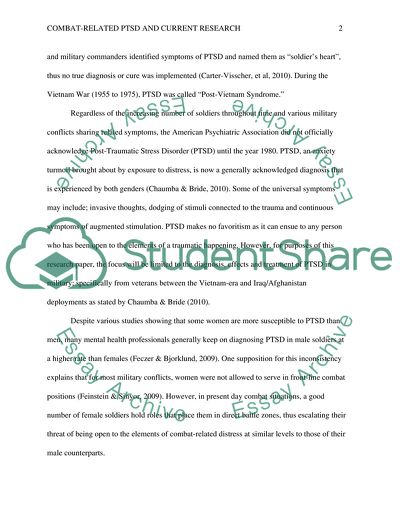Cite this document
(“Overview of the Post-Traumatic Stress Disorder (PTSD) Essay”, n.d.)
Overview of the Post-Traumatic Stress Disorder (PTSD) Essay. Retrieved from https://studentshare.org/sociology/1622438-overview-of-the-post-traumatic-stress-disorder-ptsd
Overview of the Post-Traumatic Stress Disorder (PTSD) Essay. Retrieved from https://studentshare.org/sociology/1622438-overview-of-the-post-traumatic-stress-disorder-ptsd
(Overview of the Post-Traumatic Stress Disorder (PTSD) Essay)
Overview of the Post-Traumatic Stress Disorder (PTSD) Essay. https://studentshare.org/sociology/1622438-overview-of-the-post-traumatic-stress-disorder-ptsd.
Overview of the Post-Traumatic Stress Disorder (PTSD) Essay. https://studentshare.org/sociology/1622438-overview-of-the-post-traumatic-stress-disorder-ptsd.
“Overview of the Post-Traumatic Stress Disorder (PTSD) Essay”, n.d. https://studentshare.org/sociology/1622438-overview-of-the-post-traumatic-stress-disorder-ptsd.


